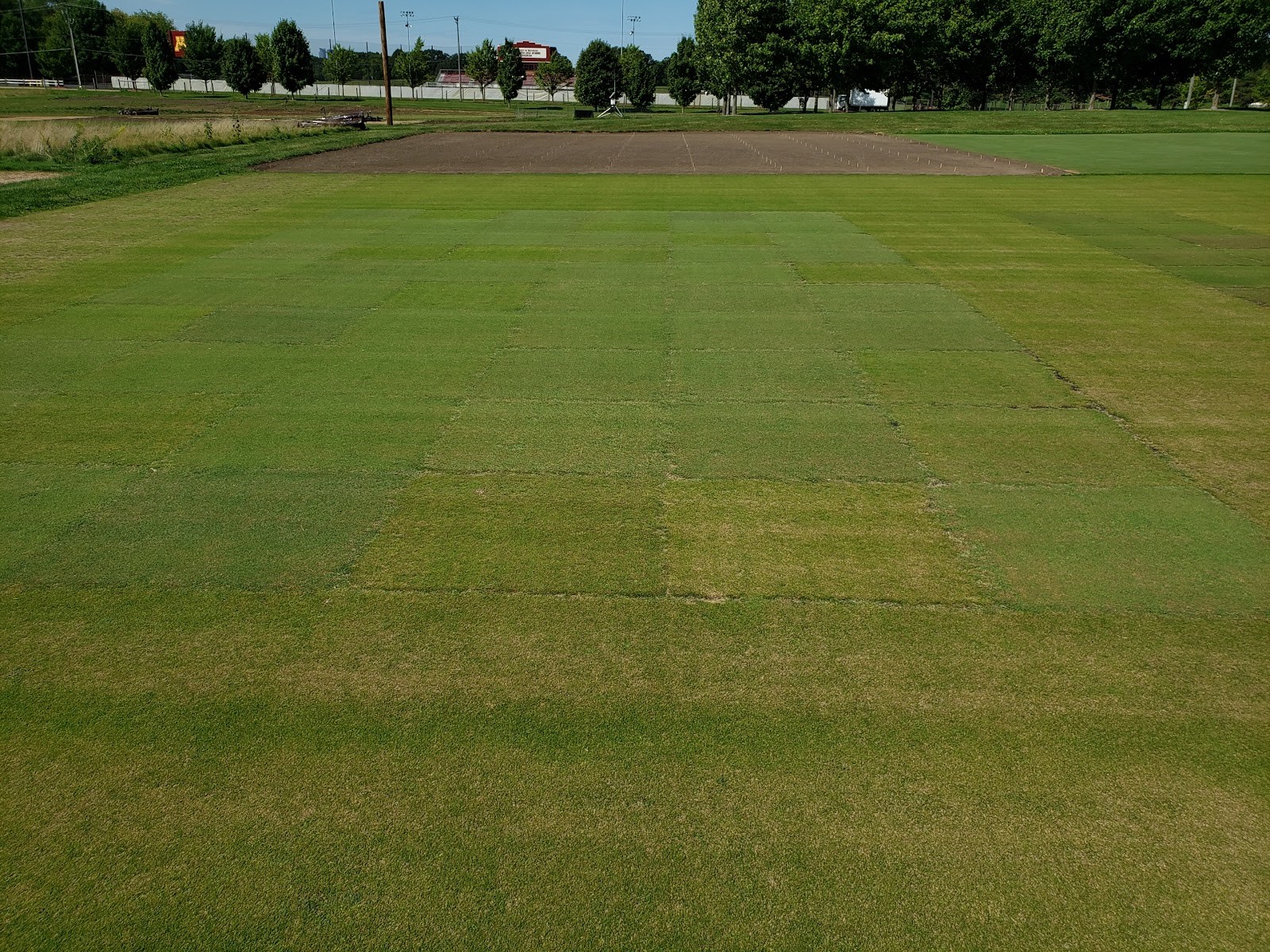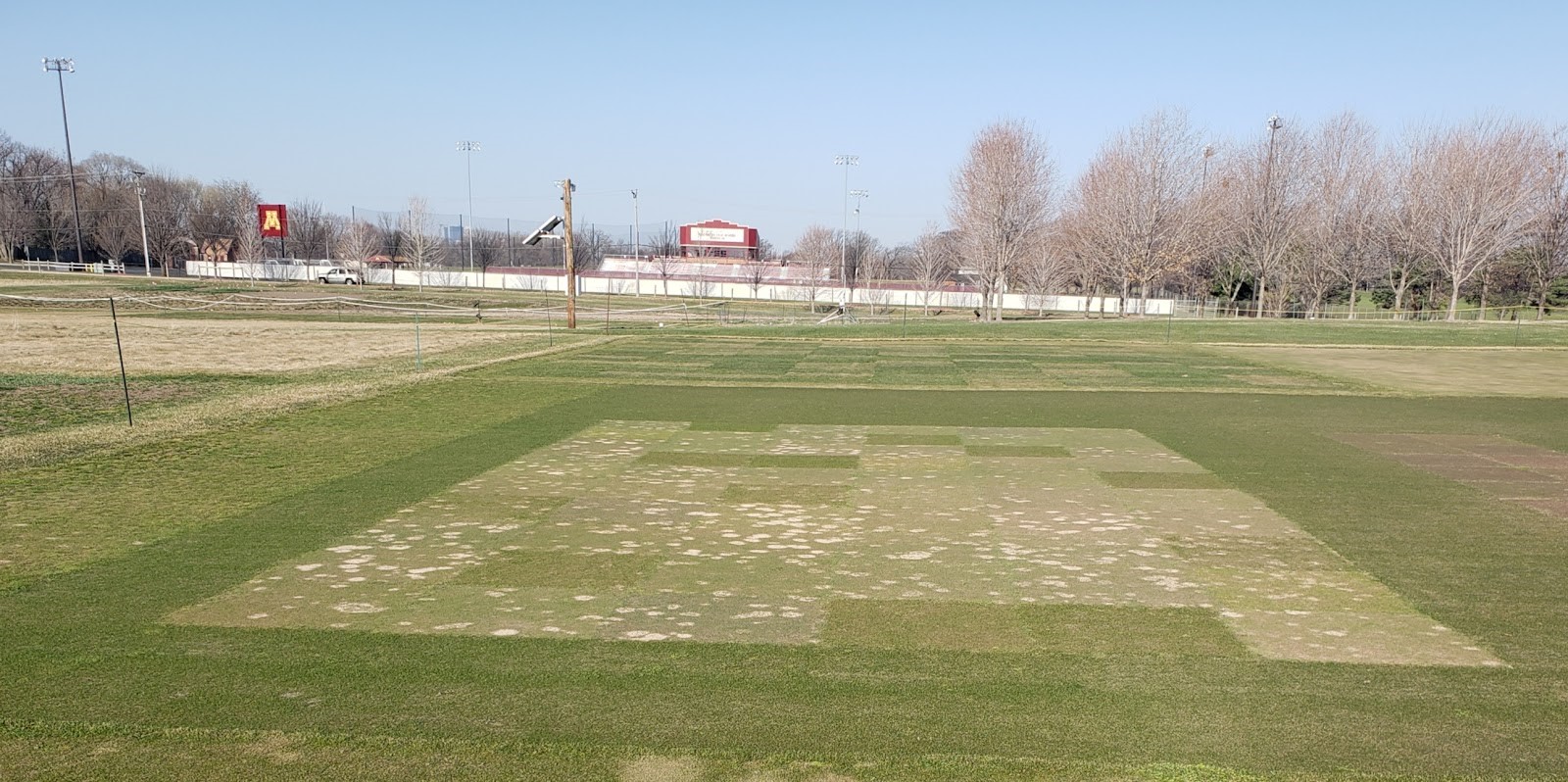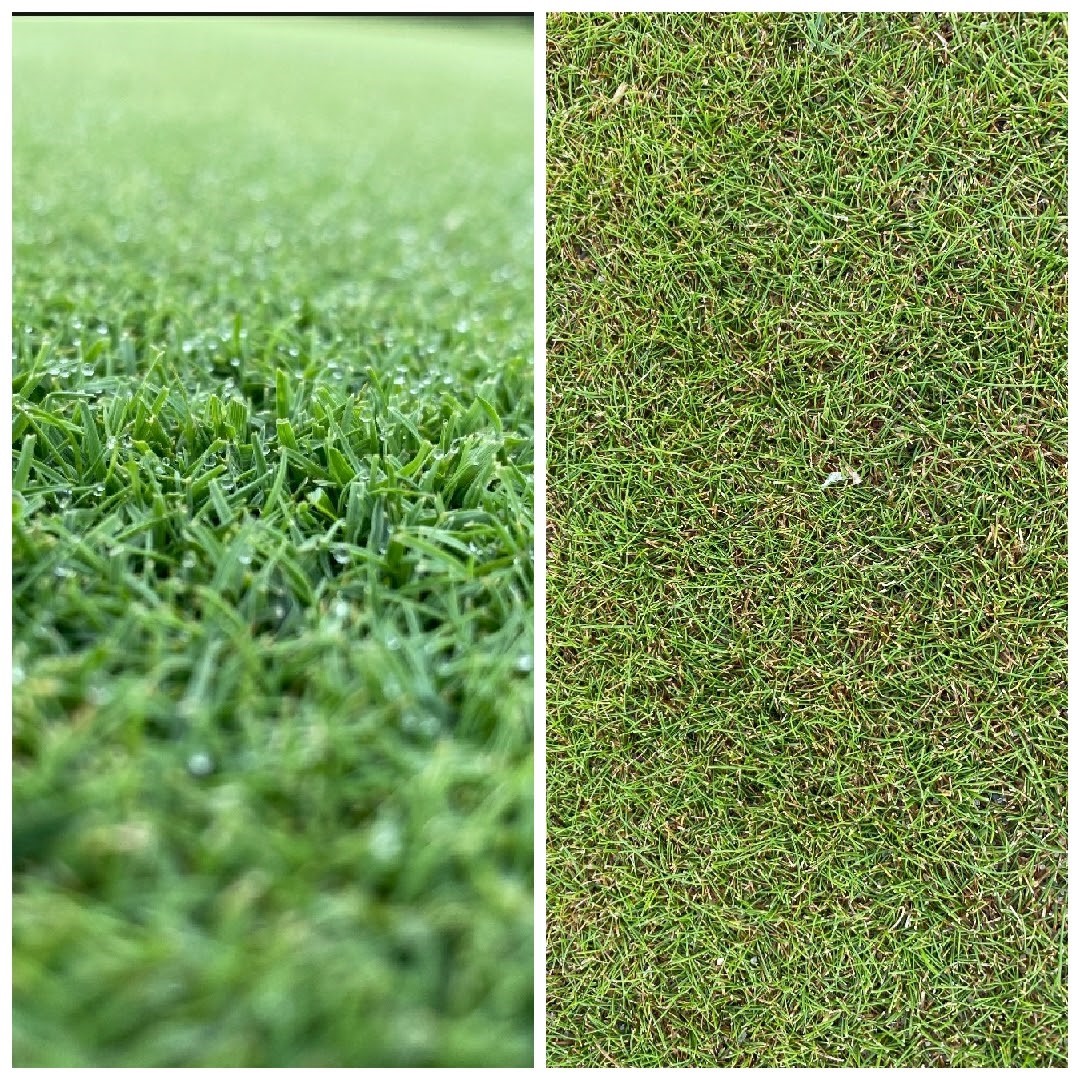By Gary Deters and Eric Watkins, University of Minnesota
For a golf course superintendent, managing creeping bentgrass/annual bluegrass putting greens on a daily, monthly, and yearly basis is always a challenge. The goal, regardless of turfgrass species, is to manage the turf to be as healthy as possible while the greens are subjected to daily play from golfers. Cultural practices, nutrition, and water management are important to the success of the golf course playability and overall health of the turf. Environmental factors also play a key role in the health of turfgrass. In the Upper Midwest, winter stresses are an important environmental stress affecting turf survival; this is especially the case on golf greens and fairways where Poa annua is predominant.
One way that turfgrass managers can help reduce risk is through proper species and cultivar selection--some grasses, like creeping bentgrass survive better under ice encasement, and others, like Chewings fescue and slender creeping red fescue, are better able to handle snow mold disease. To help superintendents identify these grasses, the Scandinavian Turfgrass and Environment Research Foundation helps fund two multi-location trials--one focused on greens height grasses (SCANGREEN) and one on fairway height grasses (SCANTURF). In the past, these trials were only planted in Scandinavia; however, as a result of new collaborations, the University of Minnesota established a greens height trial in 2019.
In most of Scandinavia, risk of winter damage is the predominant concern for a golf course superintendent. Damage from ice cover, snow mold, and other stresses leads to damage that can reduce an already short golfing season. In addition, superintendents there have limited fungicide options for controlling snow mold disease. While US-based golf course turfgrass managers do not face the same restrictions on pesticides as those who work in northern Europe, information about grasses well adapted to severe winter stresses can help guide in the selection of cultivars.
The Minnesota SCANGREEN trial was seeded in the late summer of 2019 and included eight turfgrass species: creeping bentgrass, colonial bentgrass, velvet bentgrass, rough bluegrass, Kentucky bluegrass, perennial ryegrass, Chewings fescue, and slender creeping red fescue. The trial was seeded so that each species was managed at its appropriate greens mowing height and fertilizer level. Each year, starting in early summer, the entire trial area received traffic meant to provide stress similar to golfers walking on the turf (Figures 1, 2, 3, & 4).
In Minnesota, we found that the fine fescues in the trial, predominantly slender creeping red fescue and Chewings fescue, did very well under high snow mold disease pressure, while the creeping bentgrass cultivars did poorly. In situations where fungicides and other inputs are limited, fine fescues can be an excellent option (Figure 5). Other known benefits of Chewings and slender creeping red fescue are superior shade tolerance, reduced mowing requirements, and reduced susceptibility to dollar spot disease.
While creeping bentgrass (Figure 6) will continue to be the preferred surface for golf greens in Minnesota, future turf managers may benefit from the lower-input attributes of the fine fescues. To date, little attention has been paid on breeding new cultivars of fine fescue specifically for this use. Research trials such as SCANGREEN can help researchers prioritize traits that should be the focus of fine fescue improvement efforts.
Results from previous SCANGREEN trials can be found at http://www.scanturf.org/
For more information about fine fescue as a golf green:
D.P. Petrella, S. Bauer, B.P. Horgan, and E. Watkins. 2021. Exploring fine fescues as an option for low-input golf greens in the north-central USA. Crop Science 61(5):2949-2962. https://doi.org/10.1002/csc2.20390 [Open Access]





